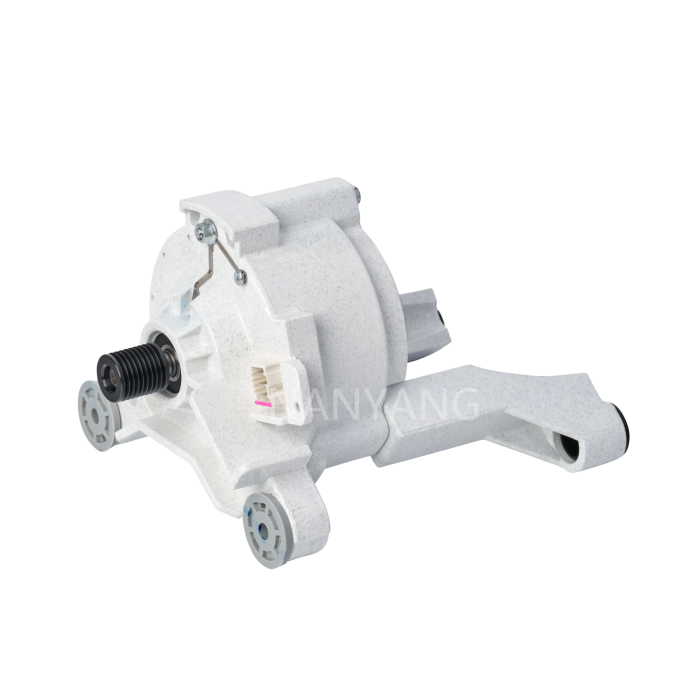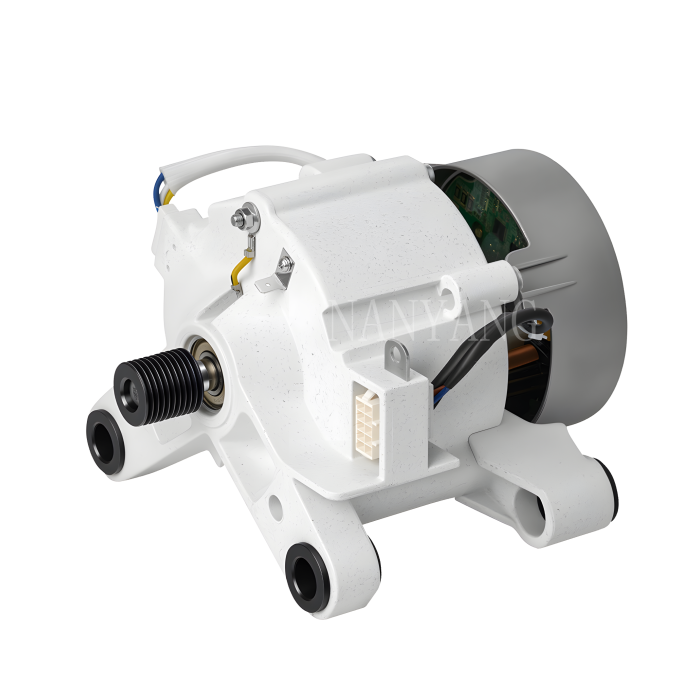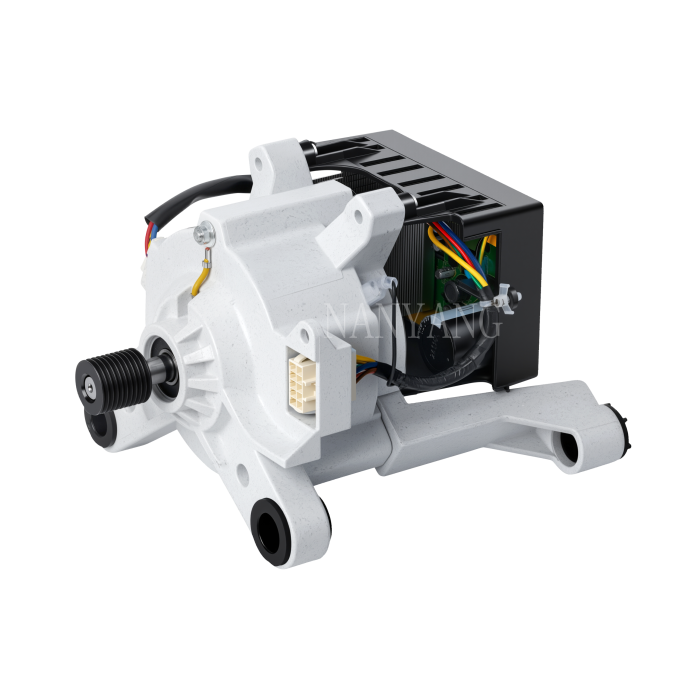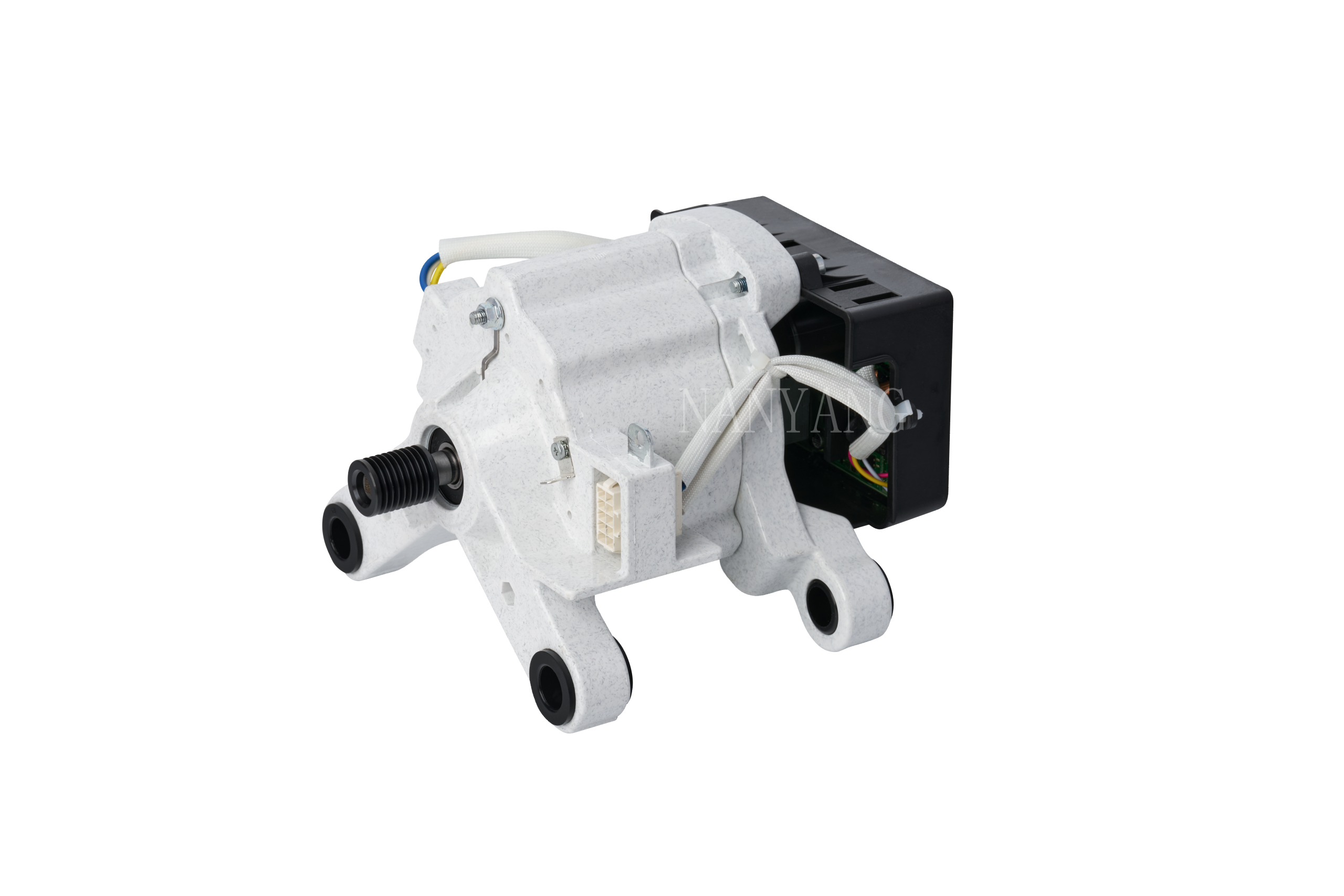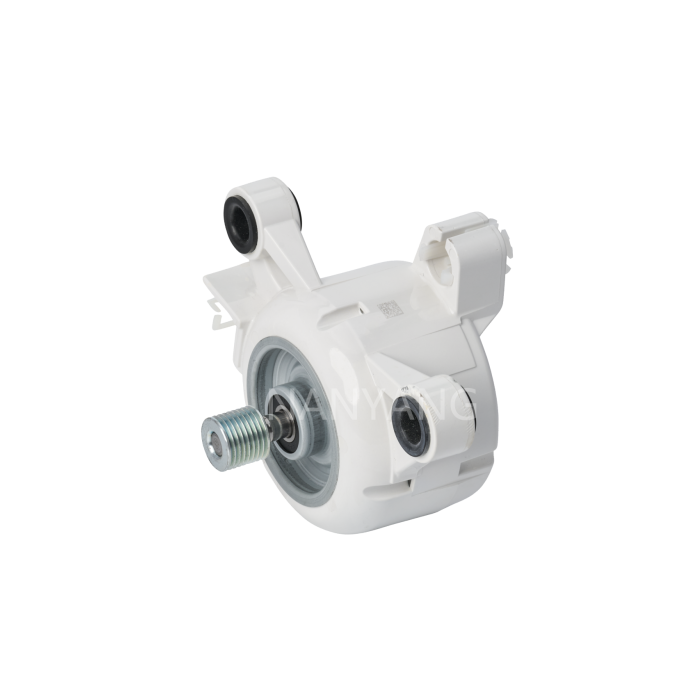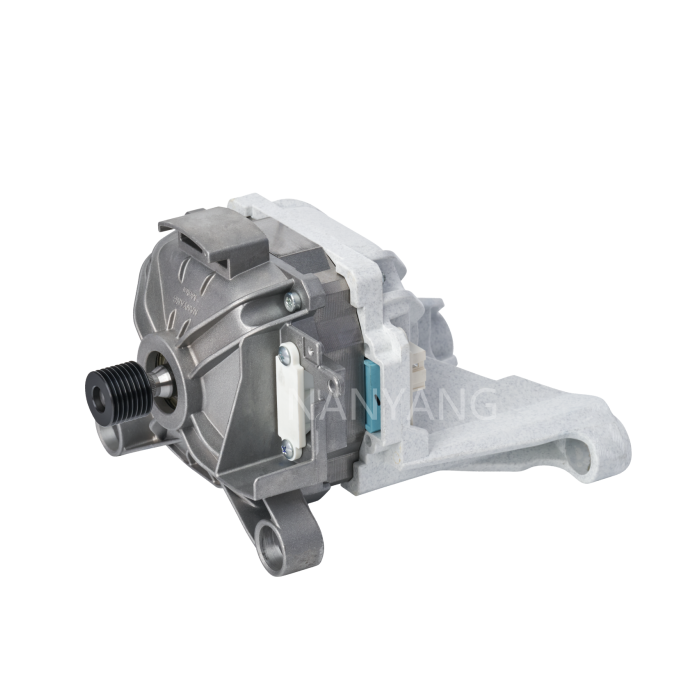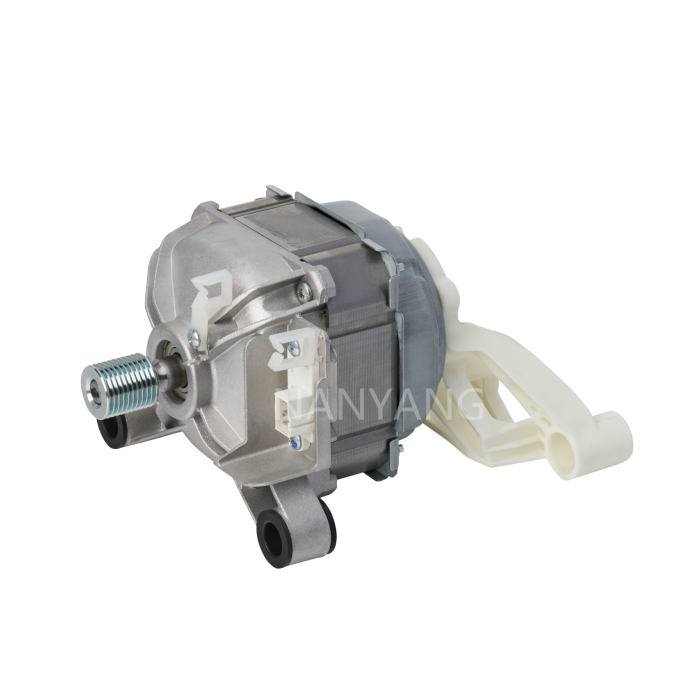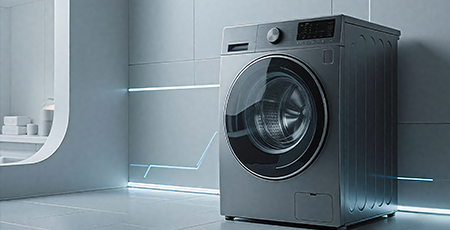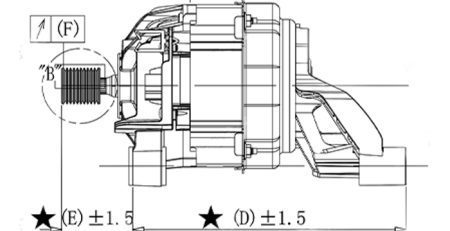A Brushless DC motor (BLDC) operates on the principle of electronic commutation, eliminating the need for the mechanical brushes and commutators found in traditional DC motors. In a BLDC motor, the stator (the stationary part) consists of windings that are energized by a controller, which regulates the flow of current in a sequence to create a rotating magnetic field. The rotor, which is the rotating part, typically has permanent magnets that interact with the magnetic field of the stator, causing it to spin.
The absence of brushes significantly reduces friction, wear, and the need for maintenance, leading to a longer lifespan and more efficient performance.
BLDC motors offer several advantages, including higher efficiency, quieter operation, and better speed control. They also generate less heat compared to brushed motors, making them ideal for applications requiring precision and reliability

 Contact
Us
Contact
Us
